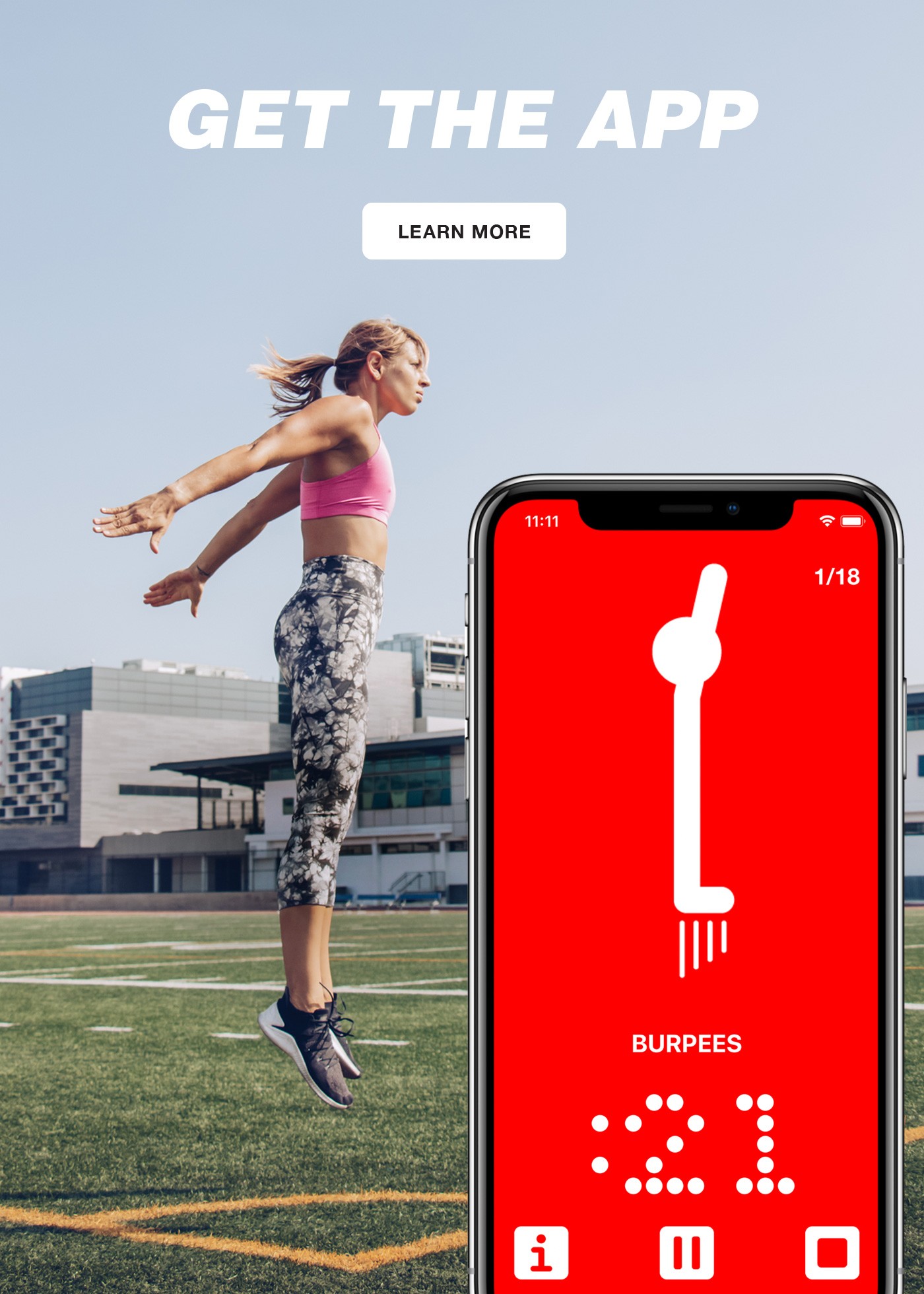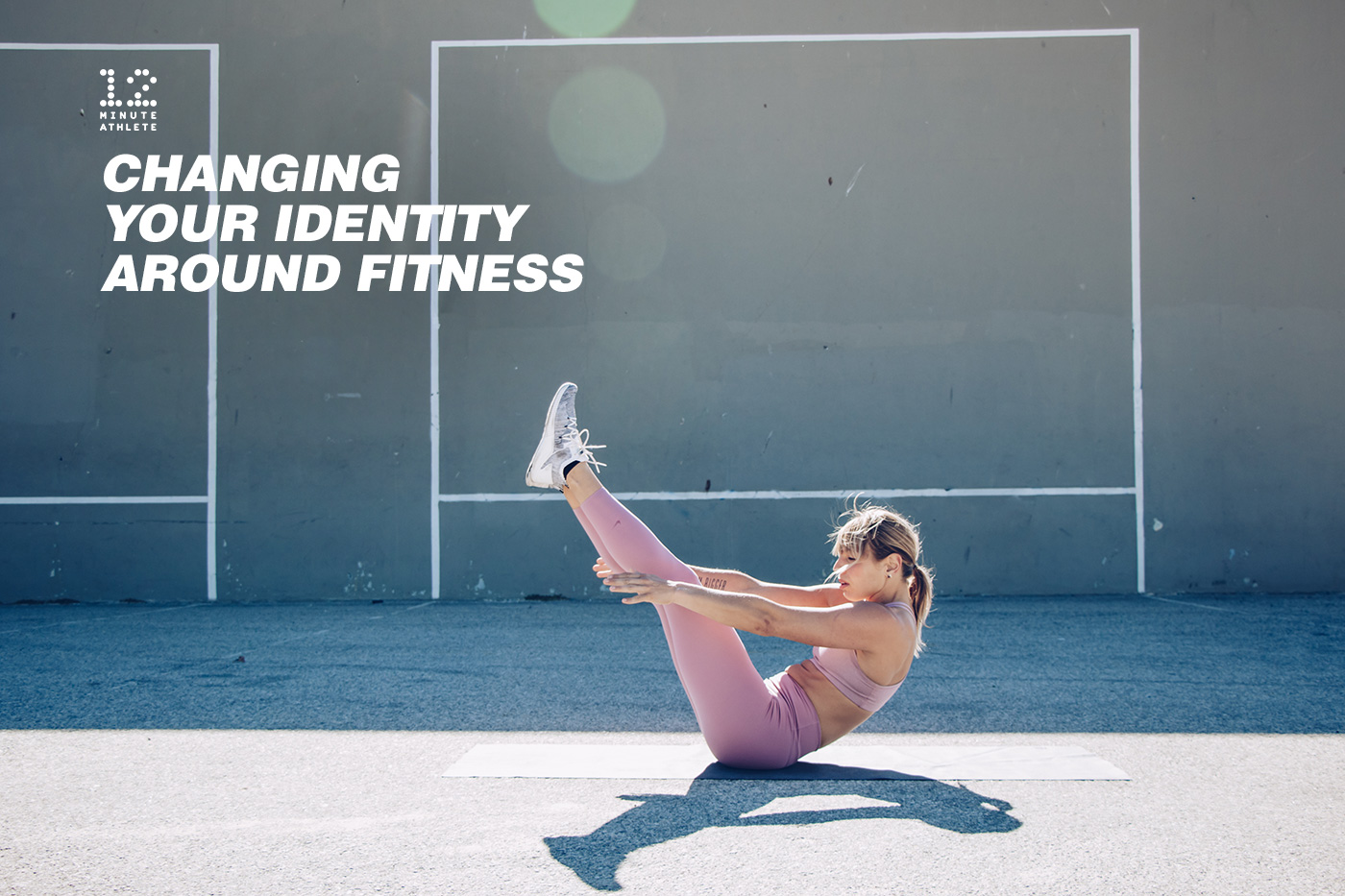You might not realize this, but I never used to think of myself as an athlete. In fact, I never even thought of myself as a person who worked out until I reached my mid-twenties. Before that, I thought of myself as a slightly overweight, uncoordinated art school kid with zero athletic promise. That was my fitness identity, and I never expected it to change.
When I first started working out toward the end of college because I was sick of how I looked in dressing room mirrors, I tortured myself by going for three-mile runs a few times a week. I hated every minute of those runs and would use any excuse to get out of my workouts (that runner’s high? I’ve never experienced it).
It took years of experimenting with different types of exercise and various ways of motivating myself to chip away at the story I had told myself about my athletic abilities.
Even after I became a personal trainer and admittedly began to enjoy many forms of exercise, it still took a while to actually find my thing and prove to myself that I had changed my core identity from someone who avoided most forms of physical activity to someone who truly loved fitness and movement.
Determining Your Current Fitness Identity
Your current fitness identity is the story you’re telling yourself about yourself when it comes to your ability to get fitter or increase your athletic abilities.
For everyone but maybe the most elite athletes, this belief is limiting in some way. Almost all of us have a story within us about why we can’t rise higher (this is true both in fitness and in life).
Often, these stories are ones we’ve been telling ourselves since we were young and are something we picked up from society. Or maybe a parent, coach, or peer said something to us early on in life, and their comments have stayed imprinted on our identity ever since.
Stories like…
“I’ll never be strong because I’m a girl.”
“I’m just not coordinated, so I’ll never be able to do “x.”
“I don’t have the genes necessary to do “x,” so I might as well not even try.”
Sometimes all it takes is a single comment from a thoughtless peer, coach, or family member—you’re fat, you’re slow, you’re not good at sports—to shape our story for all of our childhood and into our adult lives.
Alternatively, your current story might be comparing your current version of yourself to a past self that no longer exists.
Maybe you used to play high school or college sports, and you now think of yourself as a former athlete. Or you used to be able to stay in shape effortlessly before having a kid, and you now compare everything to that time. You assume you’ll never get back to the level you once were at, so you might as well not even try.
Whatever your current story or fitness identity, the first step is to become aware of it. Only then can you start to make meaningful changes toward becoming the person you really want to be.
Focusing on Small Wins
So you’ve decided you want want to become someone who works out consistently and looks forward to your workouts. Great!
Here’s a pro tip: you can’t just snap your fingers and completely change overnight. People who try and overhaul their life and add habits too quickly almost always burn out and end up worse off than when they started.
The key to making lasting changes and slowly transforming your identity, whether in fitness or other areas of your life, is to dial in your goal-setting process and focus on small wins. These are modest behavior changes that work to set off a chain reaction of positive long-term changes.
Learning to recognize and celebrate small wins takes time. But the more you practice, the better you’ll get at identifying them. Here are some ideas to get you started:
- If you want to make a long-term habit of moving more on a daily basis, buy a fitness tracker or pedometer, and track your steps. Making a goal to reach 10,000 steps a day, then actually hitting it every day, feels fantastic.
- If you have a long-term goal of rocking a freestanding handstand, you might make a goal of holding a handstand against a wall for five minutes a day (broken up as needed), five times a week.
- If you want to be more flexible, set a goal to stretch for 10 minutes each night while watching TV or listening to an audiobook. It won’t feel like a lot, but it will add up to greater flexibility in the long run.
Creating small, manageable, and, most importantly, trackable goals and celebrating small wins will help transform your internal dialogue and help you to gradually change your fitness identity from someone who can’t to someone who can.
Changing Your Identity Won’t Be Easy
If you really want to fundamentally change how you view your fitness identity, don’t expect the process to be easy. It will undoubtedly require hard work, grit, and the ability to push through roadblocks when things get challenging.
By first identifying your current story, you can begin the process of envisioning the type of person you want to be long-term. From there, you’ll need to further chunk down your goals into actions you can take daily, weekly, and monthly to continue making progress, and making sure to celebrate small wins along the way.
Yes, it will be difficult. But before you get overwhelmed and quit before you start, ask yourself this:
What will happen if you don’t change and push toward growth?
Will you be ok with your decision to maintain the status quo one, five, or ten years from now—or will you regret not starting today?
“Be ready at any moment to sacrifice what we are for what we could become.” – Charles Dubeau




Nice article.
Small things make a great result
Love it too